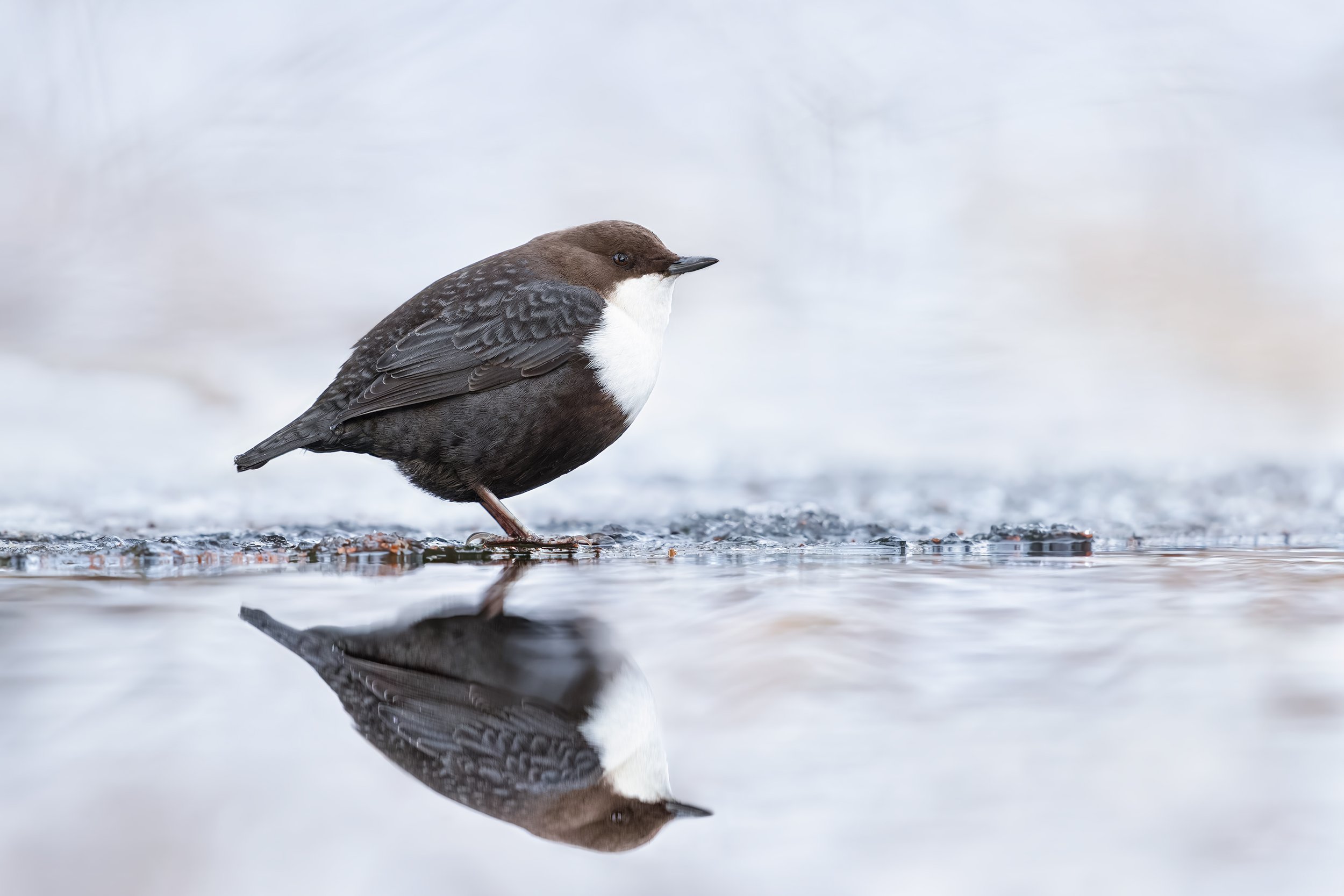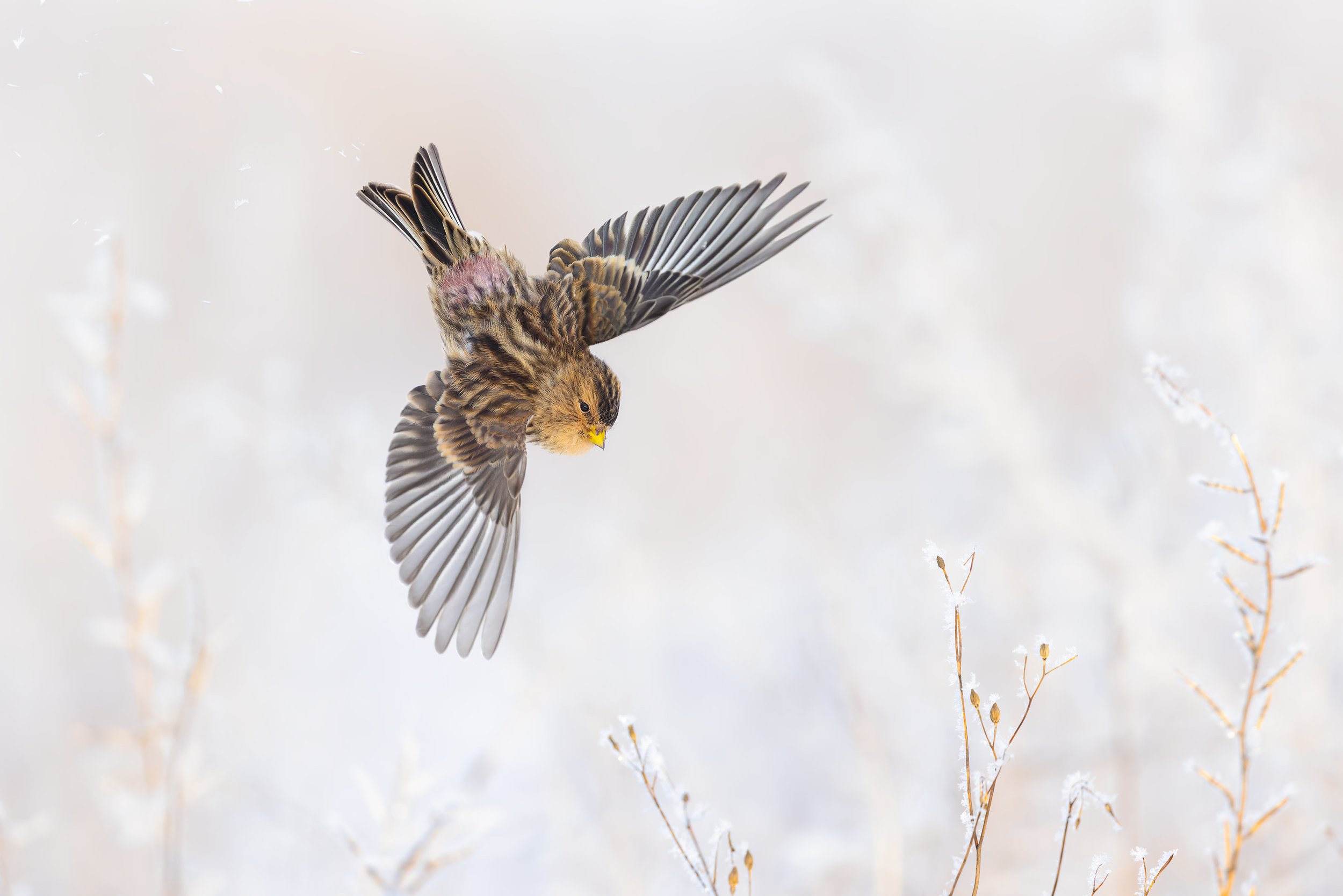
Growing up in Stockholm, Sweden meant that the Scandinavian nature was the first and most accessible source of inspiration. The Scandinavian countries experience four very distinct season from the cold, snowy winters, the blossoming spring with the arrival of migratory birds, followed by the summer months of midnight sun and lastly the typically colorful but darkening autumns. Swedish nature is often associated with the northern mountain range that connects with the arctic tundra in the far north. Home to unique shorebirds, grouses and passerines during the summers. This is one of the best places in the world to see these birds in their breeding plumages and in an open, undisturbed landscape. Another typical habitat is the deep boreal forest that dominates the interior landscape from north to south. A visit in a Scandinavian boreal forest is a opposite experience to a forest in Southern Europe, or even more so, a rainforest in a tropical region. The biotope of a Nordic forest is much more monotone, and the fauna is quite small. Large mammals such as bears, wolves, and lynx call this their natural habitat but are rare to see except from of an established hide. Likewise, it can be a struggle finding the birds, but this is the home of some iconic species such as the Western Capercaillie, Black Woodpecker and several Owls. I have spent many hours in the field to capture these birds and every encounter is a huge reward.
The Scandinavian countries experience a large ecotourism due to their spectacular landscapes and accessible nature parks. A topic that is rarely discussed though is that Sweden has seen an increase in the surface area of forests in recent years, but this statistic paints a false image. The increase is an effect of growing number of tree plantations rather than protected natural forest. The governmental administration responsible for forest management gets 50,000 deforestation applications each year but only 4,4% of these are visited in the field before accepted. This is a troubling fact, but it must also be pointed out that relatively few species of birds in the Scandinavian forests are under any severe threat. For example, the population of Western Capercaillie decreased in the beginning of the twentieth century due to increased deforestation but has been stable during the last 30 years. Furthermore, the exportation of timber makes up a large portion of the Swedish economy and has a long historic tradition. The most acute threats are rather old deciduous forests which is now a rare habitat in Sweden and has therefore seen the extinction of the Middle Spotted Woodpecker in 1982. There are now extensive, and partly successful, attempts to save the remaining population of White-backed Woodpeckers in Sweden that depends on a similar habitat. Similar challenges exists in the protection of natural meadows against agricultural interests and in the population of seabirds in the Swedish archipelago that face a number of threats from over-fishing to the health of the Baltic Sea.






















































































































































































































































